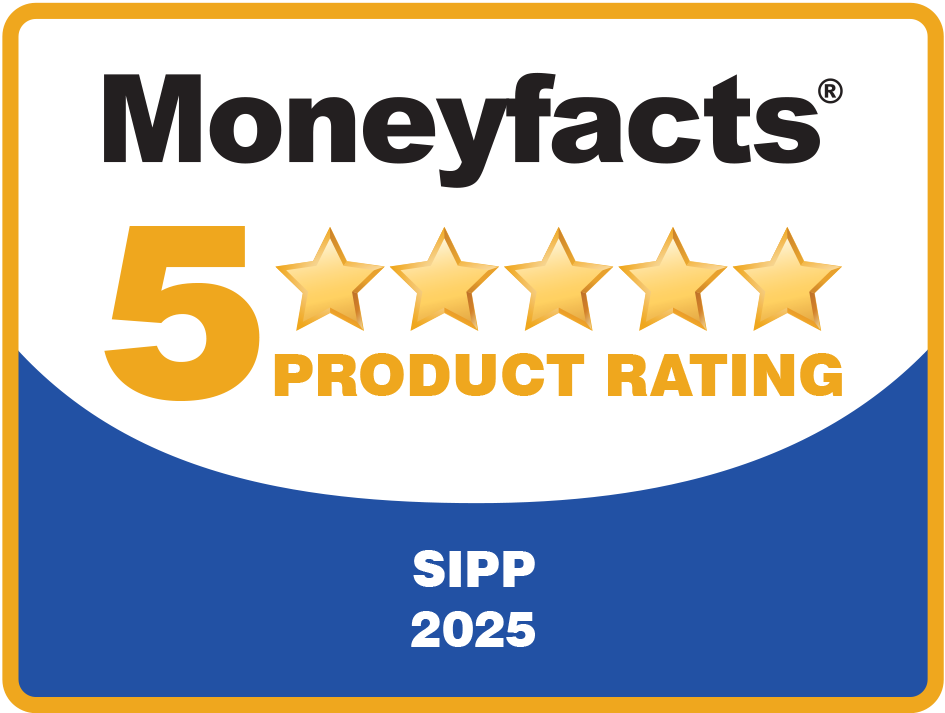Everything you and your clients should know about transferring assets into a SIPP
The phrase ‘transfers in-specie’ often brings people out in a cold sweat. Advisers and clients know that these can be undertaken but often we hear comments such ‘too much hassle’, ‘too complicated’ and ‘we’ll just leave it where it is’ from people who may not have undertaken many of these in the past.
We will admit that a cash transfer from another pension provider is far more straightforward. However, an in-specie transfer of assets will sometimes be more preferable to ensure that the client is not out of the market, they do not incur penalties on redemption, or if the investment is a long-term hold for the client.
We’ve carried out many transfers of this type over the last 20 years and so, in most instances, an in-specie transfer is something we can assist with. To help you, here’s a guide to the typical assets we will accept during a transfer and some of the things you and clients need to consider.
Where transfers come from and why clients need assistance
Before that, here’s some background to where we receive transfers in-specie from and why are we asked to assist:
- Transfers from other SIPPs – typical reasons for transfers from another SIPP provider include poor levels of service, a takeover of the previous provider by another company, or because the ongoing level of fees being levied is high
- Transfers from SSASs – for the same reasons as above or if a SSAS structure is no longer suitable or required by the client.
IPM is attractive to clients who wish to transfer assets in-specie as typically we do not levy any additional fees for this. Head here for more information.
Some of the typical assets we are asked to consider accepting in a transfer in-specie include:
Discretionary Fund Management accounts
Prior to proceeding, we like to receive a list of assets held in the account to ensure that none of these would cause us an issue – for example, falling foul of the FCA’s non-standard assets rule for SIPPs.
Providing all is in order, a new account with the DFM would need to be established in the name of IPM for the client, before the current provider transfers the assets from the old account to the new account.
Platform accounts/IAs
These follow the same process as above. Once IPM has approved the assets held in the existing account the assets can be transferred into the new account in the name of IPM.
Trustee Investment Plans/Bonds
As with DFMs and platforms, we would want to look at the assets inside the bond to ensure that these are something that we can accept. For example, a Prudential Trustee Investment Plan, which allows access to PruFunds, would be fine.
To transfer a bond, a deed of assignment will usually need to be drawn up, signed by the two providers, so the investment house can re-assign the asset. This is usually the responsibility of the transferring scheme, but IPM can prepare this if required.
Third-party bank accounts
Whether these are fixed term or notice accounts, it is unlikely that banks will be prepared to transfer ownership of an account without breaking the term.
However, we have had such accounts transfer to us on a few occasions without penalty, so it is always worth speaking to a bank to see what their approach is.
Execution-only accounts
Where clients self-manage an element of their SIPP, we would be happy to set up an account with a broker of their choice (subject to our usual assessments).
Structured Products
Where clients have such holdings, these can usually be transferred. We will need to understand the nature of the product before proceeding, and we may require additional confirmation that advice was provided on the investment prior to proceeding.
Transfer processes vary between investment houses, but most will need a new application completed by IPM followed by an instruction from the ceding scheme.
Commercial property
Given our experience in this area, it is unsurprising that we are regularly asked to consider taking properties over from other SIPPs and SSASs.
We previously wrote about what you need to consider when transferring a property from a SIPP or SSAS and have also produced a checklist of the things you need to consider before transferring.
Other areas to consider
As a bespoke provider, we will consider transfers which include non-standard assets on a case-by-case basis. The FCA classifies SIPP investments to be standard and non-standard, with non-standard assets usually being those that cannot be realised within 30 days. This, therefore, can include suspended funds.
As a result, taking on board a non-standard investment via a transfer in-specie places additional responsibilities on us in terms of assessment of the investment, assessment of the client, and the amount of capital we have to keep aside for capital adequacy requirements.
As a result, we levy an additional fee of £400 + VAT to assess a non-standard investment, which is due whether the transfer proceeds or not. We can, however, give an opinion in advance as to whether an investment is something we are likely to be able to accept or not before the assessment process starts.
For example, there are several structures which we will not accept including overseas property, residential property, and unquoted shares.
Get in touch
With any transfer in-specie, we would always suggest speaking with us first to ascertain the best way to proceed. Whatever your question, email info@ipm-pensions.co.uk or call us on 01438 747 151.



